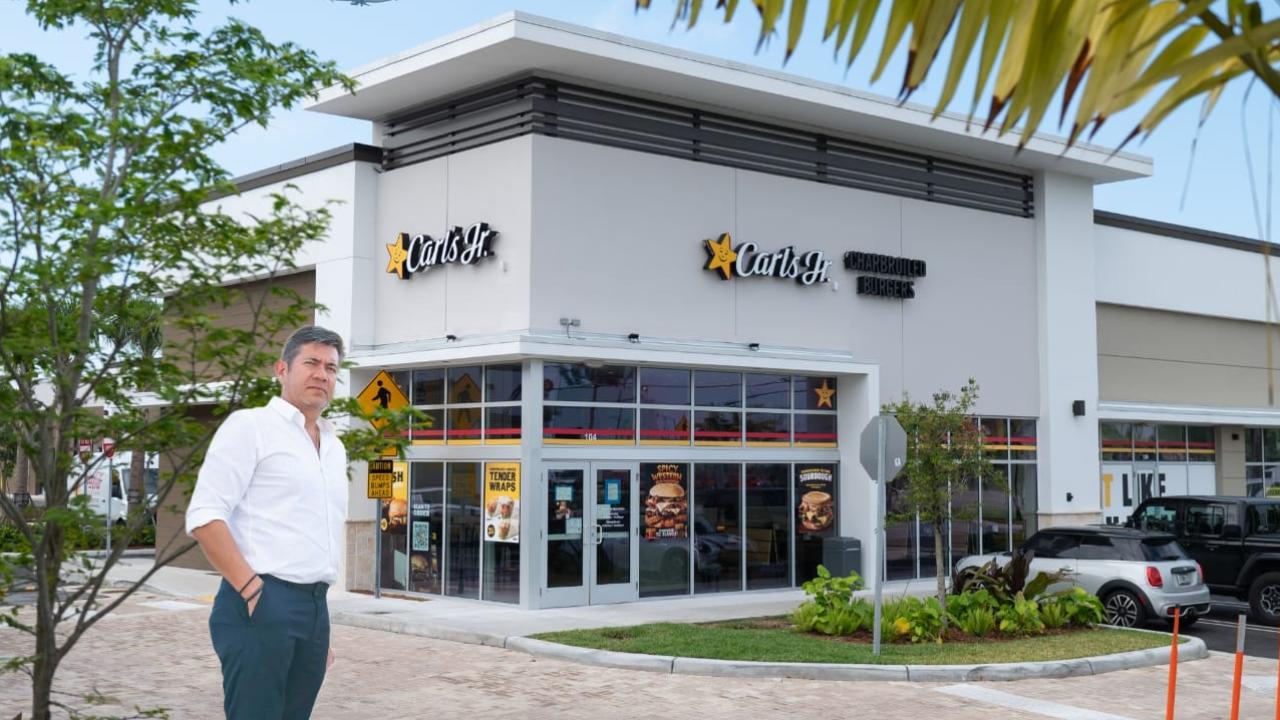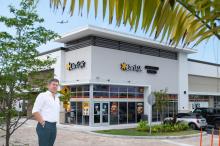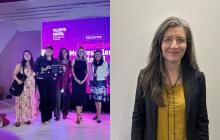
Its investments in areas such as fast-food restaurants, educational establishments, and multi-family buildings are evident.
"When everyone was retreating, what I saw was an opportunity." Chilean businessman Milko Grbic recalls the times of the COVID-19 pandemic in Florida (United States) and the light at the end of the tunnel he was able to find.
At that time, the "Sunshine State" became a haven for domestic consumption due to its lower tax burden, which generated a permanent migration flow. Americans and Latin Americans moved to the state, increasing the demand for basic goods and services.
Restaurants were no exception, so Grbic became interested in Carl's Jr., a fast-food chain with a global presence but not present in Florida before the pandemic. The entrepreneur recognized this gap and decided to invest in the franchise, capitalizing on the demographic shift and the need for new fast-food alternatives .
“I'd been doing business in the United States since 2008, so the North American market wasn't entirely unfamiliar to me. It was incredibly difficult from a business structuring perspective, but we did it: we structured, built, and launched,” Grbic explained to AméricaEconomía .
On the other hand, to address the influx of Americans from the north, the entrepreneur applies a real estate model based on 40-year Triple Net (NNN) contracts, a scheme he introduced in the education sector after the 2008 subprime crisis.
In that context, many US banks began liquidating assets below market value, which Grbic took advantage of to acquire properties at low cost. It's worth noting that in NNN contracts, the tenant assumes the payment of taxes, insurance, and maintenance, representing an attractive, low-risk investment for owners.
Faced with this situation, Grbic offered schools to educational providers under this model. In exchange, long-term contracts were signed with an annual growth rate of 3%. "Today, some of these schools, located in areas like Palm Beach, have the longest waiting lists in the United States," the businessman noted.
He also explored the issue of affordable housing through multifamily developments in the United States. These are single-owner properties aimed at the middle and emerging classes. “We develop multifamily homes geared toward offering the lowest possible cost for tenants. We use solar energy, take advantage of government incentives… all to reduce maintenance and operating costs,” Grbic added.
At the same time, the businessman created Rentus, a company designed to address Chile's housing shortage among middle-class individuals. The new consortium decided to purchase small plots of land, each measuring 1,000 square meters, and build affordable housing solutions.
"The key is that instead of building with brick and concrete, we used disused shipping containers. When these are damaged, the shipping companies can't reuse them and send them to dry ports. We collected them, often given as gifts, took them to Santiago, and literally assembled a Lego-like structure," the entrepreneur explained.
Each project consisted of between 70 and 90 studio apartments measuring 15 square meters. Most of them are single-person homes, but they are efficient, and in just 1,000 square meters, they generated 90 solutions. Whether in Chile or the US, Milko Grbic has found scarcity to be a driving force for innovation. And in every crisis, a starting point.









